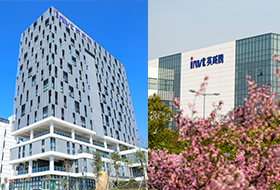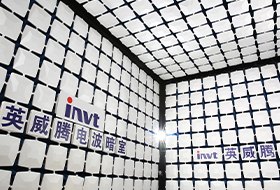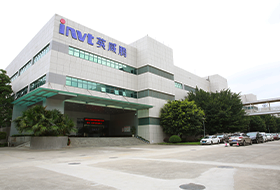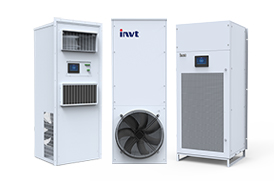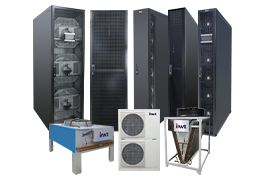Partial optimization design plan for data center cooling system
1. Optimized design of airflow organization
Airflow organization is the primary issue for data center cooling. If the planning is not good, problems such as uneven airflow organization and local hot spots will occur during the actual use of the data center, which will affect the overall heat dissipation effect of the computer room and lead to more energy consumption. The airflow organization optimization design is to optimize the unobstructed airflow organization in the computer room to prevent airflow backflow, ensure that the airflow in the computer room takes away heat from the server in an orderly manner, improve the effective use of air supply from the air conditioning system, and reduce PUE.
As the final step in cooling data center IT equipment, excellent airflow organization determines the cooling effect and efficiency. After continuous optimization and improvement, the airflow organization is gradually advancing from the room level to the inter-row level, cabinet level, and server level. At present, the air supply methods of data computer room air conditioners include side supply and side return, upper supply and lower return, upper supply and upper return, lower supply and upper return, and top supply and top return.
Studies have shown that the top-feed and top-return method is the best air supply and return method, and the downward air supply method is more conducive to airflow organization and air supply efficiency in the computer room than the upward air supply. According to the construction situation of traditional computer rooms, the air supply of air conditioners in data computer rooms mostly adopts the under-floor air supply method. However, as the understanding of the server itself gradually deepens, other airflow organization methods will continue to emerge, which must not only meet the needs of the equipment itself, but also meet the comfort requirements of personnel visiting, operating, and maintaining. One way to optimize airflow organization is to isolate and seal hot and cold aisles.
When the temperature conditions of the computer room are met and the airflow organization is optimized, rationally increasing the set temperature in the computer room and then increasing the air supply temperature of the refrigeration system is one of the effective ways to reduce the energy consumption of refrigeration equipment. Research shows that as the evaporation temperature increases, the performance of the refrigeration unit increases, and for every 1°C increase in the evaporation temperature, the unit COP increases by approximately 3.3%.
2. Refine design granularity
Refining the granularity of the design and using different cooling methods for different types of computer rooms can further improve the overall energy efficiency of the data center. For example, fluorine pump precision air conditioners can be used in core network private rooms to solve cooling efficiency problems. The technology of installing fluorine pumps is mainly used in air-cooled direct expansion air conditioning units. The system consists of a fluorine pump, evaporator, condenser, and pipeline valves. Used in conjunction with the original dedicated air conditioner, it is combined into two different refrigeration cycle modes, compressor refrigeration mode and fluorine pump refrigeration mode.
In summer or transitional seasons when the outdoor temperature is high, the air conditioning unit operates in the compressor refrigeration mode. The refrigerant absorbs the heat in the machine room and evaporates. After being pressurized in the compressor, it is discharged into the condenser to condense and liquefy. At this time, the compressor is turned on. In winter or the transition season when the outdoor temperature is low, the air conditioning unit operates in the fluorine pump refrigeration mode. The refrigerant in the evaporator absorbs the heat of the machine room and directly enters the air-cooled condenser to exchange heat with the outdoor cold source. After condensing into a liquid state, it overcomes the pipeline resistance and returns to the evaporator under the action of the fluorine pump. At this time, the compressor is shut down, thereby achieving energy-saving effects.

 networkpowersales@invt.com.cn
networkpowersales@invt.com.cn
